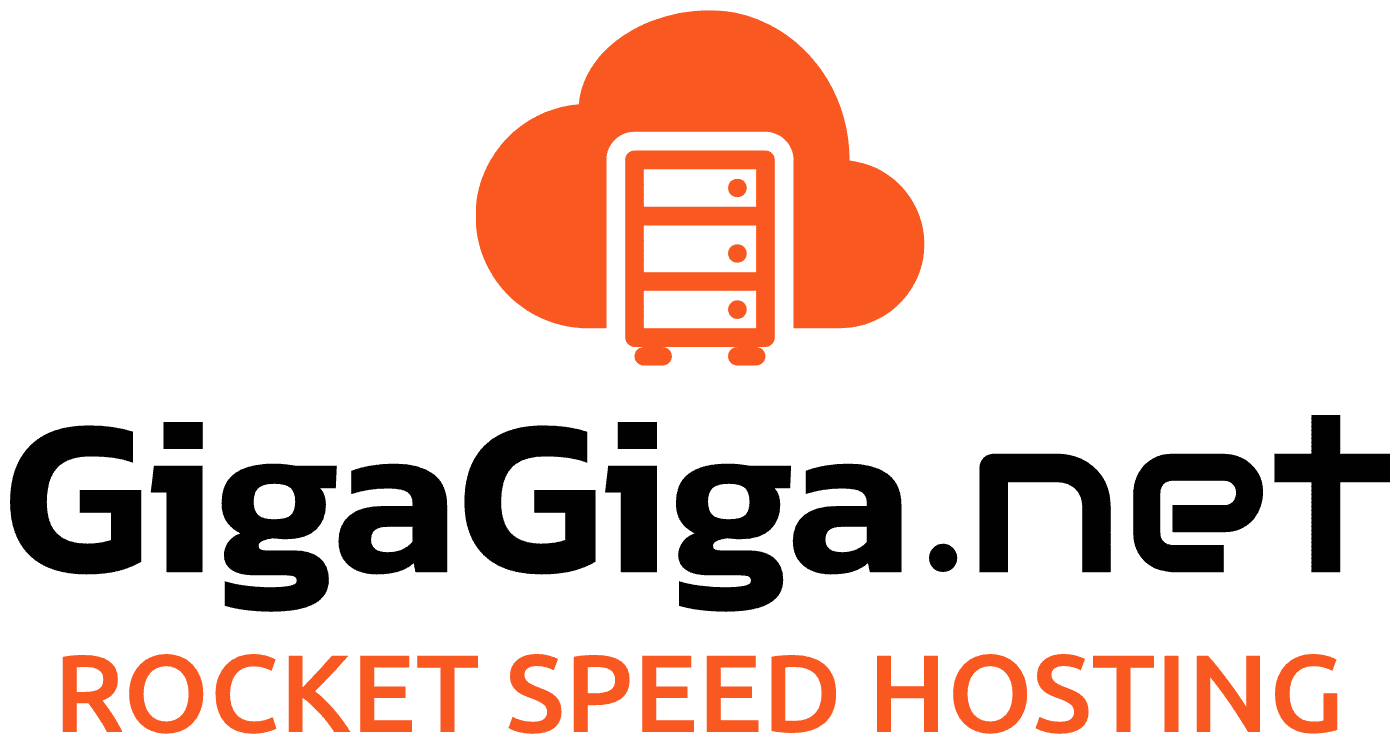"Optimizing Performance in Plesk: Tips for Speed and Efficiency" is a detailed guide aimed at assisting users in improving the performance of their Plesk server environment. This guide covers various strategies and best practices to optimize server performance, enhance website speed, and improve overall efficiency. Here's a breakdown of what the guide entails:
-
Introduction to Performance Optimization:
- The guide begins with an introduction to performance optimization in Plesk, highlighting the importance of ensuring fast and efficient server performance for hosting websites and web applications.
-
Server Resource Allocation:
- Strategies for effectively allocating server resources, such as CPU, memory, and disk space, are discussed. Users learn how to monitor resource usage and adjust resource allocations to ensure optimal server performance.
-
Web Server Configuration:
- The guide covers best practices for configuring web servers (e.g., Apache or Nginx) to improve website performance. Users learn how to optimize server settings, such as adjusting caching parameters, enabling compression, and configuring Keep-Alive connections.
-
PHP Configuration Optimization:
- Instructions are provided for optimizing PHP configuration settings to improve website performance and reduce server load. Users learn how to adjust PHP memory limits, execution time limits, and other performance-related settings.
-
Database Optimization:
- Strategies for optimizing database performance, including MySQL and PostgreSQL, are discussed. Users learn how to optimize database queries, configure database caching, and implement indexing to improve database efficiency.
-
Content Delivery Network (CDN) Integration:
- The guide explores the benefits of integrating a Content Delivery Network (CDN) with Plesk to improve website performance and reduce latency. Users learn how to set up and configure CDN integration for their websites hosted within Plesk.
-
Optimizing Website Content:
- Best practices for optimizing website content, such as images, scripts, and stylesheets, are discussed. Users learn how to minify and compress website assets, optimize images for web viewing, and implement browser caching to reduce page load times.
-
Server Monitoring and Performance Tuning:
- The importance of monitoring server performance and tuning server settings for optimal performance is emphasized. Users learn how to use monitoring tools to identify performance bottlenecks and make necessary adjustments to improve server efficiency.
-
Caching Strategies:
- Strategies for implementing caching mechanisms, such as opcode caching, object caching, and page caching, are discussed. Users learn how to leverage caching to reduce server load and improve website responsiveness.
-
Conclusion and Next Steps:
- The guide concludes with a summary of key points covered and suggests next steps for users to further optimize performance in their Plesk server environment. Users are encouraged to implement the recommended strategies and monitor performance regularly for continuous improvement.
Overall, "Optimizing Performance in Plesk: Tips for Speed and Efficiency" serves as a comprehensive resource for users looking to improve the performance of their Plesk server environment. By following the tips and best practices outlined in the guide, users can optimize server performance, enhance website speed, and improve overall efficiency for hosting websites and web applications.

 Svenska
Svenska